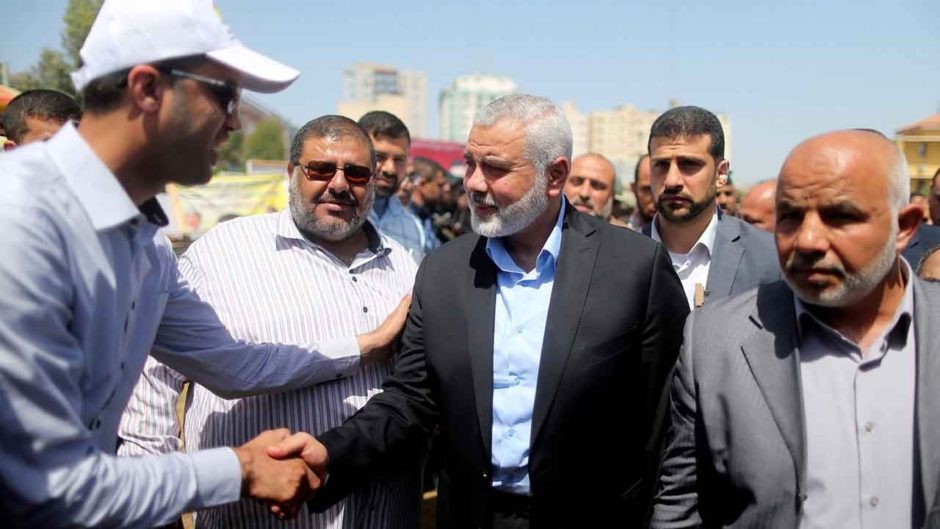It’s a truism that Hamas is a thorn in Israel’s side.
Hamas, an implacable enemy that rejects Israel’s very existence, has fought three wars and countless skirmishes with the Jewish state in the past decade, causing untold hardship to Israelis living near the border and misery to the Palestinian inhabitants of the Gaza Strip.
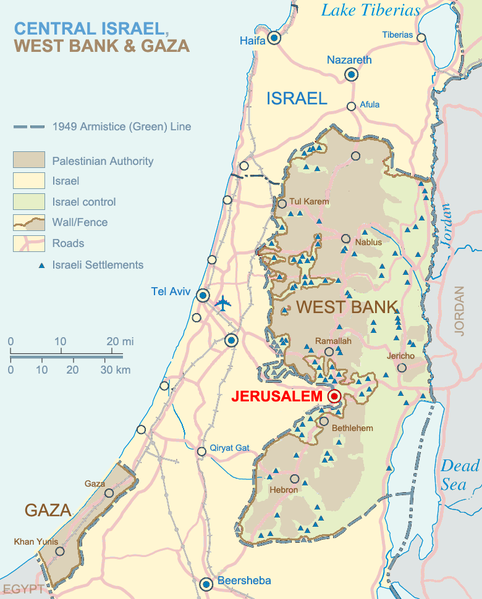
Israel, at times, has been tempted to launch a full-scale invasion of Gaza with the aim of overthrowing the Hamas regime, but it would be an extremely costly venture and enmesh the Israeli army in a Vietnam-style quagmire.
Nevertheless, Israel generally manages its protracted conflict with Hamas by military deterrence. Israel, however, also uses economic incentives to contain Hamas.
Since Hamas’ violent takeover of Gaza in 2007, Israel has imposed an air, land and sea blockade of this impoverished coastal enclave, which is populated by some two million Muslim and Christian Palestinians. The siege is intended to block the smuggling of arms and munitions into Gaza, from which Israel withdrew unilaterally in 2005 after a 38-year occupation.
Given Hamas’ refusal to accept Israel’s existence, much less its legitimacy, Israel relies on periodic informal ceasefires to keep Hamas at bay. Israel does not publicly acknowledge these understandings or agreements with Hamas. These relatively short-lived truces — which usually kick in after a bout of cross-border fighting — have been crafted by Egypt (which, for its own reasons, enforces a blockade of Gaza as well).
The pattern its clear. Hamas accepts a truce after it has been pummelled relentlessly by Israel. Lately, as the record shows, a ceasefire is reached after Israel offers Hamas economic benefits it cannot afford to spurn.
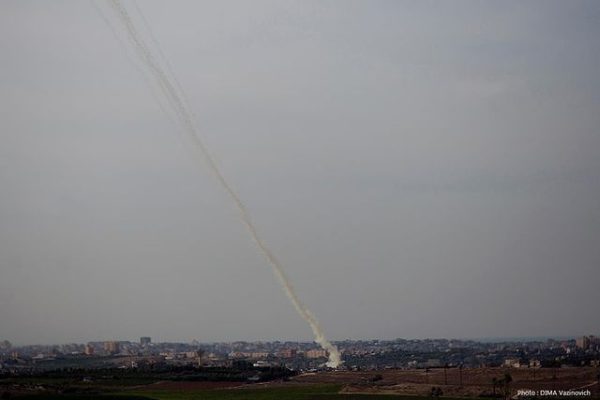
Thanks to Egyptian mediation, Israel and Hamas agreed to a truce in May after serious flareups along the border. But throughout much of August, a series of violent incidents, from rocket and mortar fire to infiltration attempts, jeopardized the ceasefire, such as it is. Toward the end of August, Egypt warned Hamas it would no longer act as a mediator if Hamas continued to bombard adjacent Israeli communities.
Israel, too, must deal with Weekly “March of Return” protests near the border. This event attracts thousands of Palestinians, some of whom throw rocks and explosives at Israel’s security fence. Since the rioting began on March 30, 2018, more than 280 protesters have been killed and thousands injured.
Despite incessant breaches of the truce, Israel has permitted Qatar, nominally an enemy state, to send funds into Gaza, knowing full well that the humanitarian crisis there could otherwise worsen, much to everyone’s detriment. On August 24, Qatar’s envoy to Gaza, Mohammed al-Emadi, distributed $10 million to 100,000 poor families. Since 2018, Qatar has channelled about $330 million to needy families and to cover the cost of government employee salaries and fuel for electricity.

“The money is essential … because otherwise Gaza would be a place where nobody can survive or live,” Emadi said during his most recent visit. “We know the situation is very bad, so that’s why our money helps a lot, and it helps in preventing a new war.”
Apart from allowing Qatar to pump funds into Gaza, Israel has adopted other measures to ease Gaza’s plight.
Israel has increased the number of cargo trucks loaded with humanitarian aid to cross into Gaza via the Kerem Shalom border crossing, eased import and export approvals, expanded the fishing zone, improved the electric power supply, and supported United Nations employment initiatives.
In addition, Israel has begun building two pipelines to increase the flow of drinkable water into Gaza and to divert raw sewage away from its towns and villages
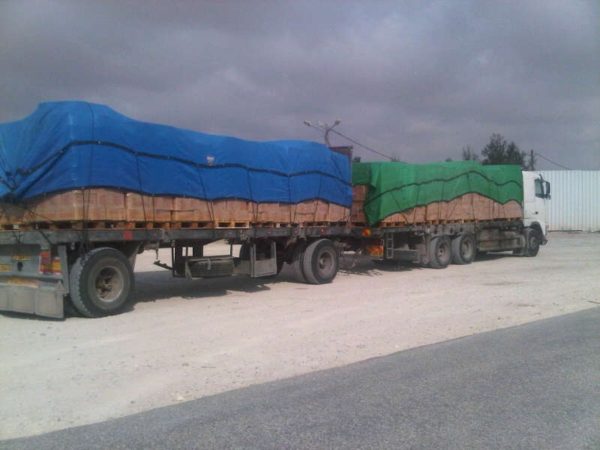
The Israeli government has also permitted garment producers in Gaza to export clothes to the West Bank and Israel. Gaza’s garment industry, which supported 928 shops and factories and 35,000 workers till 2007, was prosperous until the Hamas takeover. Ninety percent of them closed after the imposition of the Israeli siege.
Israel has approved preliminary work on the construction of a 43,000 square foot field hospital next to the Erez border crossing. The new facility, whose cost will be borne by Qatar, will supplement services already provided by the Shifa hospital, Gaza’s largest.
As part of its effort to lower Gaza’s high unemployment rate, Israel plans to dole out an additional 2,000 work permits to Palestinian laborers. Prior to the first and second Palestinian uprisings in 1987 and 2000 respectively, tens of thousands of Gazans were transported by bus to Israel to work on farms and construction sites and in industrial plants, hospitals and restaurants.
As a result of the rebellions, Israel replaced many of the Palestinians with foreign workers, a process that continued following Hamas’ seizure of Gaza.
In spite of Israel’s pragmatic campaign to improve conditions in Gaza, Hamas remains implacably hostile to Israel, judging by a recent comment by one of its leaders, Ismail Haniyeh.
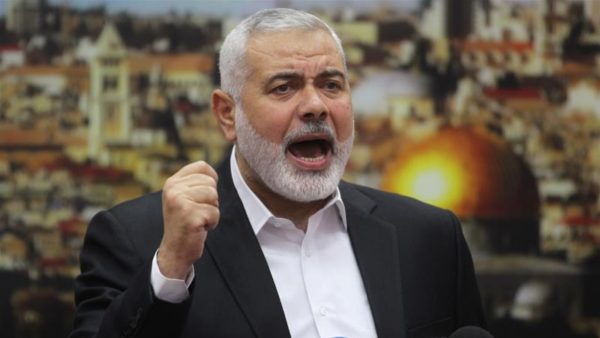
Speaking in Istanbul on July 20, he said that Hamas would accept Palestinian statehood, but that it would not recognize Israel. As he said, “Hamas is not opposed to the establishment of a Palestinian state along the 1967 borders, but we remain steadfast in not recognizing Israel on the rest of the Palestinian territories.”
Which means, of course, that Hamas is sticking to its guns and rejecting Israel’s existence within the pre-1967 lines.
